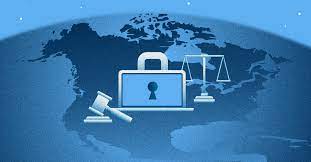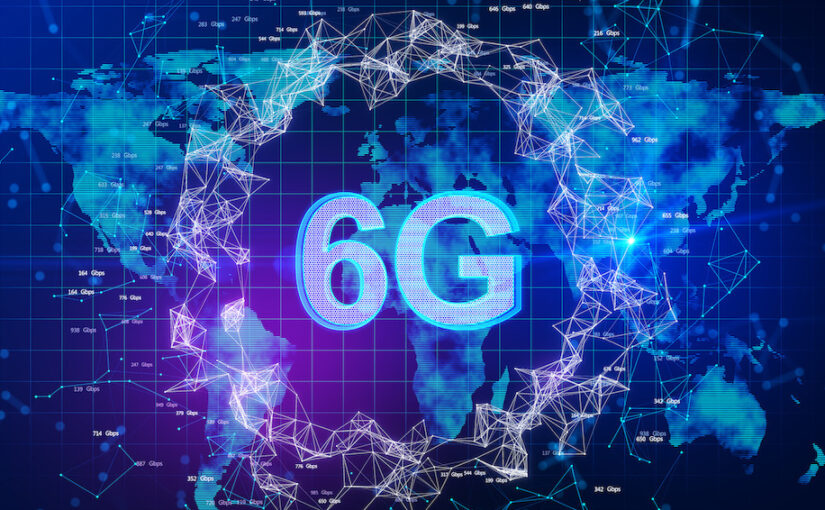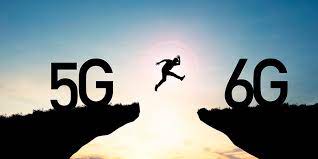Data privacy has become a critical concern in the digital age as technology continues to evolve at an unprecedented pace. In this article, we delve into the ever-evolving landscape of data privacy regulations and how tech companies are adjusting their practices to align with new standards while meeting consumer expectations.
 The Need for Data Privacy Regulations
The Need for Data Privacy Regulations
With the proliferation of digital services and online interactions, personal data has become a valuable commodity. Data breaches and misuse have raised alarms about the need to safeguard user information. This has led governments around the world to implement stringent data privacy regulations to protect individuals and their sensitive data.
Key Data Privacy Regulations
1. GDPR (General Data Protection Regulation): Enforced in the European Union, GDPR mandates businesses to obtain explicit consent before collecting user data and provides users with control over their data’s use and storage.
2. CCPA (California Consumer Privacy Act): This Californian regulation grants consumers the right to know what personal information is being collected about them and the right to request the deletion of their data.
3. CPRA (California Privacy Rights Act): An expansion of CCPA, CPRA strengthens privacy rights, introduces new obligations for businesses, and establishes an independent agency for enforcement.
 Adapting to New Standards
Adapting to New Standards
Technology companies are undergoing significant changes to comply with data privacy regulations. Transparency in data collection practices, enhanced user consent mechanisms, and robust data protection measures are becoming integral to their operations.
Consumer Expectations
Consumers are increasingly conscious of their data rights. They expect companies to be transparent about data usage, offer control over their data, and maintain high standards of security. Brands that prioritize data privacy and build trust are more likely to gain a competitive edge.
The Road Ahead
The data privacy landscape is poised for continuous evolution. As technology advances and new challenges arise, regulatory frameworks will adapt. Companies must remain agile, continuously educate themselves, and embed privacy considerations into their DNA.
Conclusion
Data privacy is a fundamental right in the digital age, and regulations are a response to the growing need for protection. Tech companies that embrace privacy as a core value and prioritize user trust will navigate the data privacy landscape successfully, fostering a relationship of transparency and respect with their users.



 From 5G to 6G
From 5G to 6G Potential Features of 6G
Potential Features of 6G